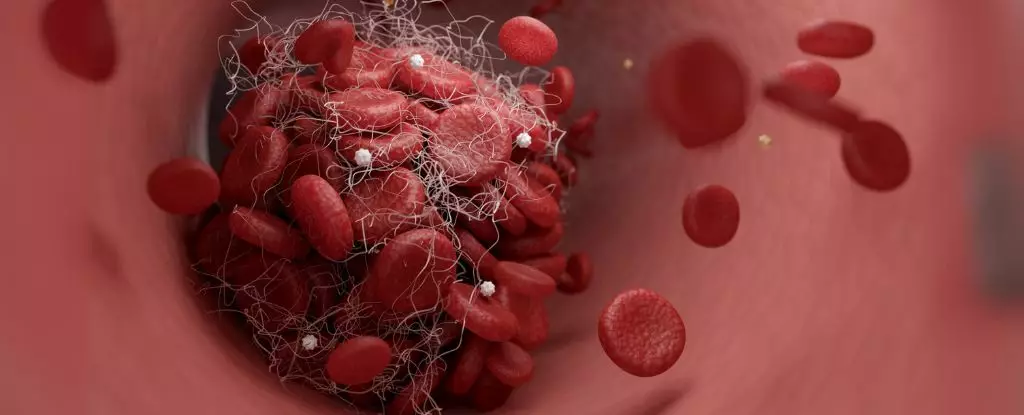Working in the healthcare field offers an often stark insight into the realities of life. In my experience as a nurse in neurocritical care, I have witnessed firsthand the profound impact strokes have on both patients and their families. Stroke is not merely an unfortunate event; it is a catastrophic disruption that alters lives forever. As a researcher specializing in stroke, I have come to understand that the general public’s awareness of stroke risk and prevention is alarmingly limited. This gap in understanding presents a significant public health challenge. Stroke is a major cause of death and disability in high-income countries like England, yet it is also largely preventable. Recognizing and addressing this reality is crucial to improving our population’s health.
Shattering Age Myths: Stroke at Any Age
Traditionally viewed as an ailment associated with older adults, strokes can, and do, occur at any age. While it’s true that risk does amplify with aging, alarming trends show that incidents are climbing among individuals under 55. The increasing prevalence of stroke among younger adults is concerning; it highlights a shift in lifestyle factors that cannot be ignored. Factors typically associated with older populations, like hypertension and obesity, are increasingly prevalent among younger demographics. Furthermore, lifestyle choices, including high alcohol consumption and the use of recreational drugs, contribute significantly to stroke risk. This evolving landscape demands an urgent reevaluation of public education around stroke prevention.
Unpacking Unique Risk Factors: Attention to Gender
It is crucial to understand that stroke risk is not solely dictated by age or lifestyle; gender plays an important role as well. Research indicates that women have unique risk factors that can elevate their likelihood of experiencing a stroke. For instance, pregnancy and certain contraceptives significantly increase stroke risks, particularly for smokers. Conditions unique to women, such as endometriosis and early menopause, also contribute to a higher incidence of strokes. The statistics are stark: women are more likely than men to die from strokes across all age groups. Implementing targeted awareness campaigns to educate women on their specific risks could prove life-saving.
The Socioeconomic Divide: A Public Health Crisis
Beyond biological and lifestyle factors, socioeconomic status dramatically influences stroke risk. Those from lower income backgrounds face compounded risks due to limited access to quality healthcare, unhealthy lifestyle habits, and a lack of health education. Inadequate nutrition, higher smoking rates, and reduced opportunities for physical activity can create a vicious cycle that increases the likelihood of stroke. Fostering a more equitable healthcare system that offers resources and education to underprivileged communities can help bridge the gap in stroke risk and results. The emphasis must shift toward preventive care rather than reactive measures to address this disparity.
Change Starts Today: Simple Lifestyle Modifications
Despite the sobering data showcasing stroke prevalence, there is hope. Implementing simple lifestyle changes today can significantly mitigate stroke risks. Here are essential strategies you can adopt to empower your health:
1. Quit Smoking: The evidence is compelling—smokers are at more than double the risk of experiencing a stroke compared to nonsmokers. The toxins in cigarettes damage blood vessels, disrupt the balance of oxygen in the body, and promote blood clotting, leading to an increased risk of stroke.
2. Monitor Blood Pressure: Keeping your blood pressure within a healthy range is critical. High blood pressure weakens vessel walls, increasing stroke susceptibility. Regular check-ups can allow for early intervention.
3. Regulate Cholesterol Levels: High cholesterol, coupled with hypertension, drastically increases the risk of stroke. Maintaining a diet low in saturated fats and engaging in regular exercise can help keep cholesterol in check.
4. Manage Blood Sugar: Elevated blood sugar levels are linked to blood vessel damage, raising stroke risk. Incorporating physical activity into your routine and consuming a balanced diet can aid in maintaining healthy blood glucose levels.
5. Achieve a Healthy Weight: Obesity significantly contributes to stroke risk. Being overweight may also lead to related conditions, such as hypertension and diabetes, which can further raise your risk.
6. Adopt a Heart-Healthy Diet: Following a Mediterranean diet, rich in whole grains, fruits, vegetables, and healthy fats, offers a well-rounded approach to nutrition that benefits both heart and brain health.
7. Prioritize Sleep: Quality sleep is essential for maintaining healthy blood pressure levels. Aim for sufficient sleep each night—between seven to nine hours—to support overall health.
8. Stay Active: Regular physical activity is paramount in reducing stroke risk. Aim for at least 150 minutes of moderate exercise weekly to help maintain cardiovascular health.
The reality is that while strokes are devastating events, armed with knowledge and proactive measures, many strokes are preventable. By adopting these strategies, individuals can take decisive steps toward safeguarding their health and enhancing their well-being.

